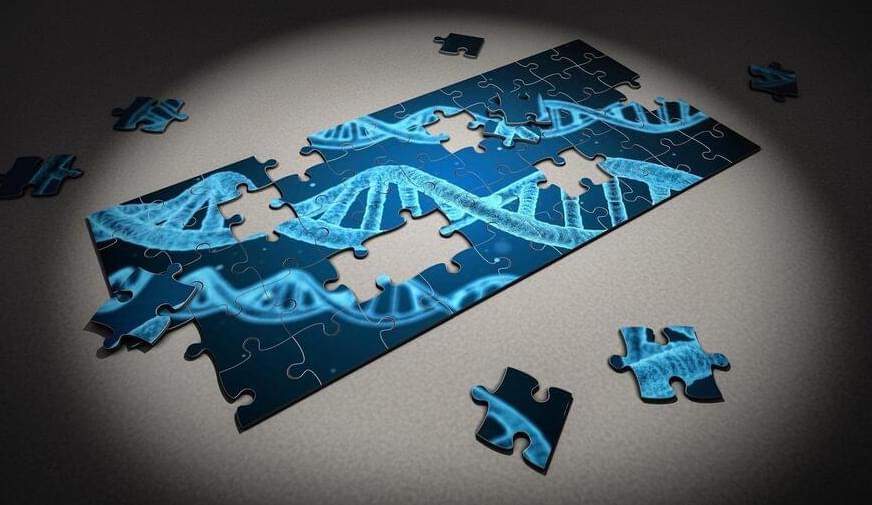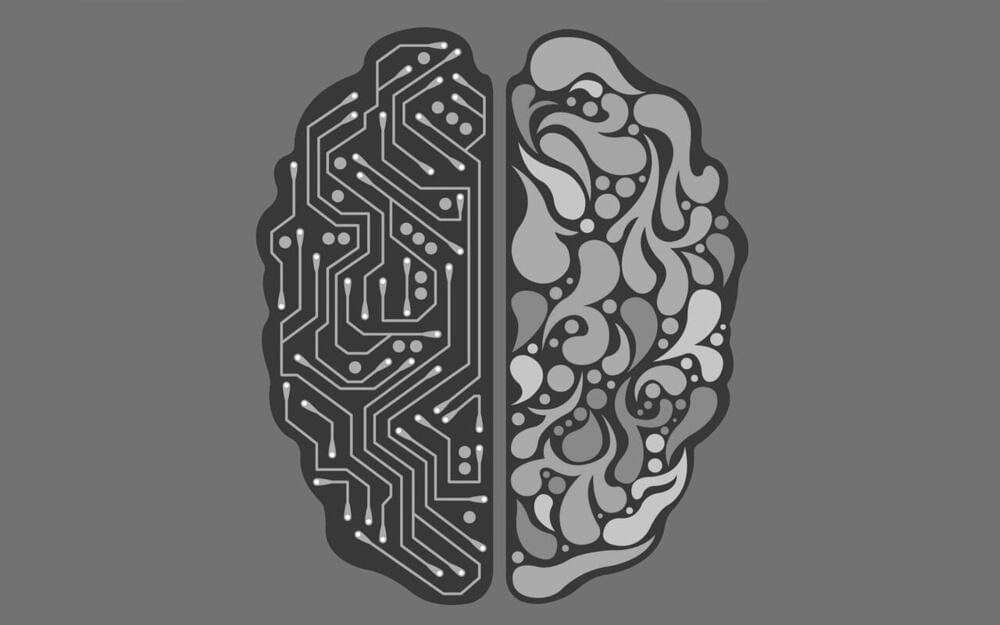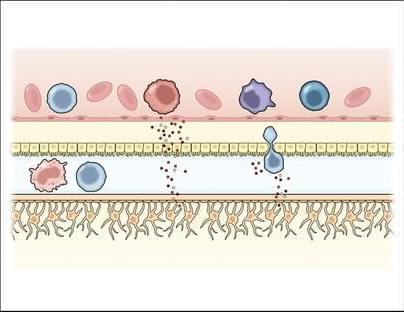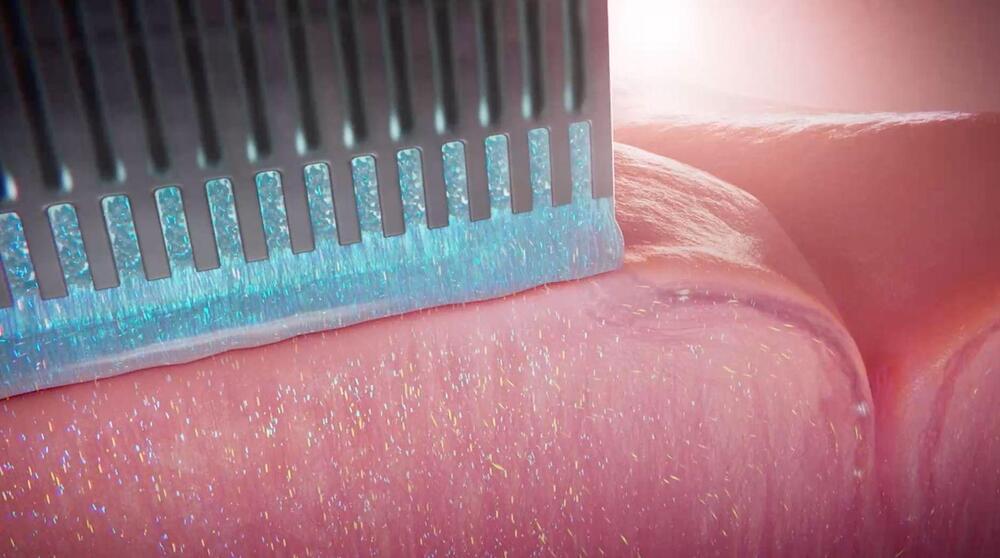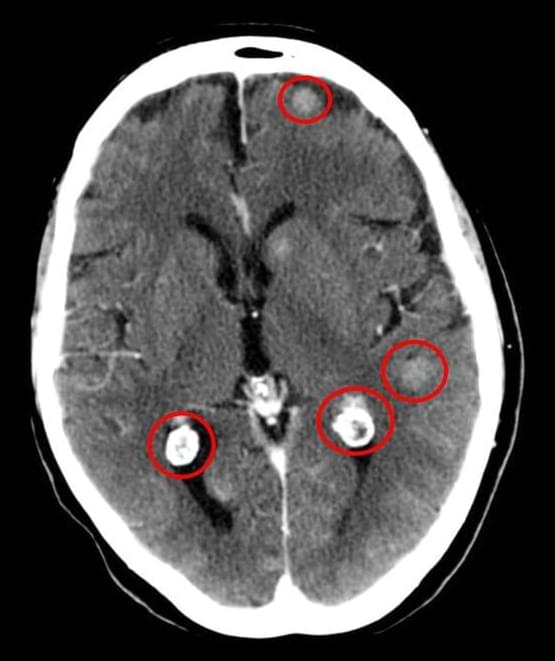Junk DNA could unlock new treatments for neurological disorders as scientists discover its breaks and repairs affect our protection against neurological disease.
The research from the University of Sheffield’s Neuroscience Institute and Healthy Lifespan Institute gives important new insights into so-called junk DNA and how it impacts on neurological disorders such as Motor Neuron Disease (MND) and Alzheimer’s.
Until now, the repair of junk DNA, which makes up 98% of DNA, has been largely overlooked by scientists, but the new study published in Nature found it is much more vulnerable to breaks from oxidative genomic damage than previously thought. This has vital implications on the development of neurological disorders.
